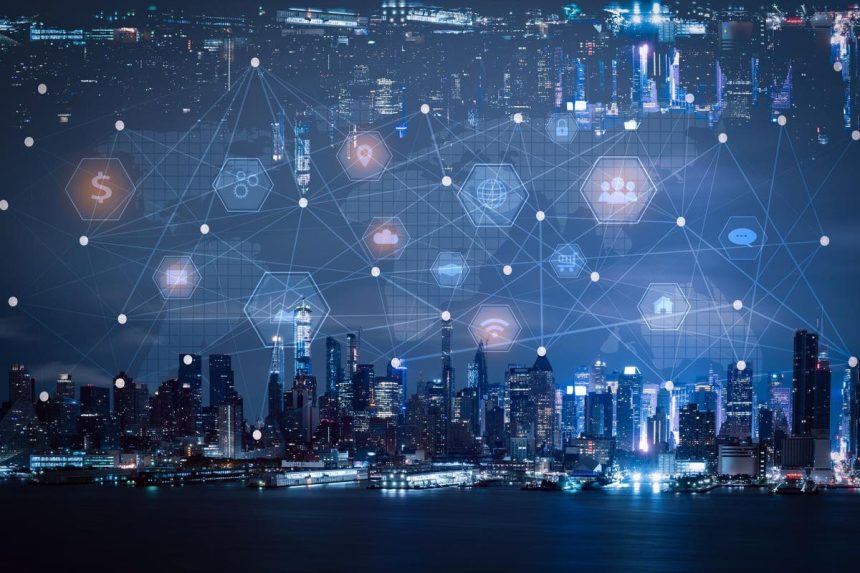Jason Foodman is President of Rosy Salon Software, a Fullsteam portfolio company.
Artificial intelligence (AI) was once little more than speculative fiction. Science fiction epics of the past, such as 2001: A Space Odyssey, explored the topic as a prediction of potential futures, which seemed possible but bewilderingly distant. Today, AI has become a conversation topic at the dinner table, an emerging technology as inspiring as it is frightening, and created a very real question: What now?
While it might seem to have happened quickly, in reality, the technology has been evolving for decades. Early computer scientists created problem-solving algorithms, modeling the logic around how both humans and nature itself solved problems.
In the early 1990s, while pursuing a Master’s in Computer Science, my research and subsequent thesis was in one such area known as Genetic Algorithms. The idea I was exploring revolved around problem-solving using an evolutionary approach by which solutions improved over the course of many generations. Computing power at that time however presented significant limitations for fast, large-scale modelling.
Fast forward 60 years, and, today, the fastest supercomputer is processing at least one quintillion operations per second (a quintillion is a million trillion). All this time, the science around understanding logic and problem solving has continued to advance, and storage capacity has grown and become much lower cost. This has enabled AI to leave the realm of fantasy and enter our everyday reality.
AI has entered the business world.
Regardless of the industry, whether your company is based around services, manufacturing, consumer or business-to-business, AI will and likely already does play a role in company operations. Major functional areas where AI is playing an ever-growing role include:
Customers and employees
Chatbots have already had a marked effect on customer service. With chatbots adopting generative AI technologies and growing both more reliable and human-sounding, in the future, I imagine it will only grow harder to differentiate between a human and AI.
Furthermore, employees at companies often have various documents and manuals, typically stored away on their computers and centralized repositories. AI is making it easier to search, locate and understand critical information quickly.
Marketing
Traditional marketing, especially in areas such as copywriting, is already profoundly being affected by generative AI. Ideally, an editor with real-world knowledge of a business should be proofreading, but written content, such as press releases, blog posts, sales copies and biographies, can be artificially produced today. It’s an imperfect process that needs to be fact-checked by a human, but it’s improving rapidly, and it’s likely some percentage of everything you read online already today is AI-generated.
Research and development
Advances in AI are enabling researchers to better understand everything from the cosmos to the human body. Sifting through enormous amounts of data looking for patterns and anomalies has helped shape our understanding of galaxies as well as develop the vaccine for Covid-19. Many of the breakthroughs that are happening and on the horizon in science and medicine are only possible if vast amounts of data can be analyzed, understood and explained to humans by machines.
Risk and security
Generally speaking, any problem sets that include large amounts of data (“big data”) are places where machine learning principles can be applied with great effect. Today, the global flow of data transmitted across the internet is in the range of one petabit per second, one quadrillion bits of data every second. By analyzing and continuously learning from billions of data artifacts, AI is able to develop an understanding of potential threats and react to them, potentially taking automatic actions to mitigate and even prevent malicious cyber attacks.
IT and engineering
Whether it’s asking questions or literally writing entire segments of code, generative AI is quickly changing the face of software development. This holds true throughout the engineering ecosystem where computers enhanced with AI are rapidly becoming essential tools for designing and modeling in areas such as aerospace and aeronautical, civil, electronic and virtually every type of complex engineering.
So, what could go wrong?
The short answer: a lot. The first thing to keep in mind is that just as with humans, the answers computers produce aren’t always, by definition, correct. Recent experiments in generative AI, for example, have at times resulted in what scientists call “hallucination,” which basically means the AI created entirely different information than the correct factual information.
The risk is one of human nature in that people generally accept output from computers as accurate and truthful, without question. A recent legal case made the news because the lawyers had used ChatGPT to prepare their case, and the AI cited cases that it had literally invented. As you might imagine, this did not work out well for the lawyers.
Despite the use of the word “intelligence,” at the end of the day, these are still algorithms and computers processing data—and they do so without human emotion. Bad information in the datasets fed into an AI algorithm often produces bad results which can have very real-world consequences. Furthermore, while there may not be human emotion involved, it’s been observed that AI chatbots often exhibit ‘personalities’ and some of those are not very friendly, even to the point of directly lying and threatening their human users.
The warning signs are all there and the lesson should be clear: A thorough understanding and a high degree of caution are required to ensure AI technology is ultimately used in a positive and predictable way.
What’s next?
The convergence of generative AI algorithms with quantum computing, advances in graphics and new user interfaces will rapidly change how and when we interact with computers in a fundamental way. These advances will likely enhance and improve the efficiency of businesses overall, but they also need to be managed and implemented carefully to ensure they exist and coexist with employees and customers in a beneficial manner.
Forbes Business Council is the foremost growth and networking organization for business owners and leaders. Do I qualify?
Read the full article here


